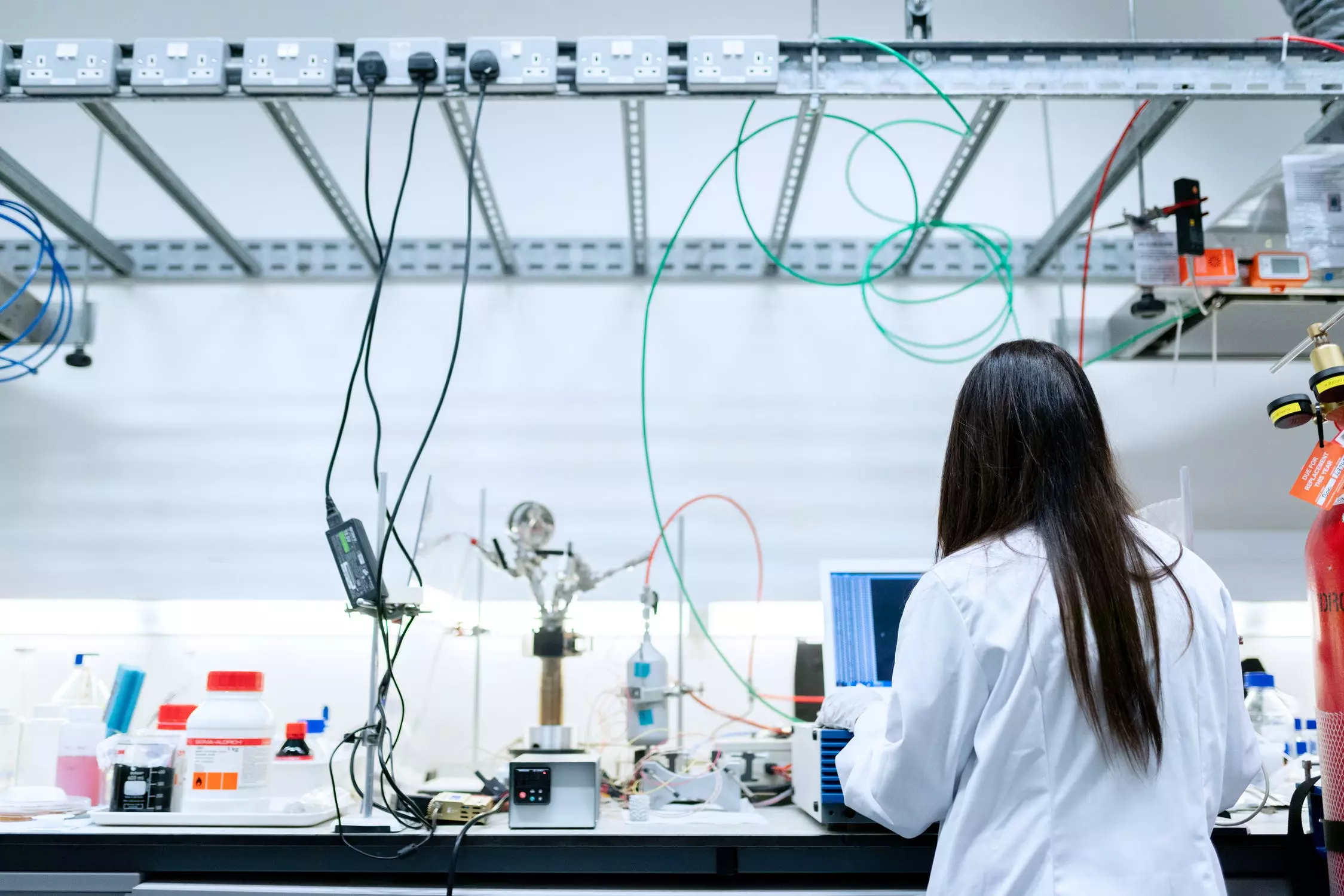Silicon Valley's decline has accelerated in recent months as several high-profile companies, business units and executives have left for places such as Texas, Colorado and Hawaii.
Some say the talk is overblown, while others foresee serious trouble ahead for California and the Valley's tech scene.
Clusters, like an other organism, have a life cycle and undergo progressive change, or, in some instances, atrophy or death.
Marcus Aurelius summed up life along similar lines: “Everything’s destiny is to change, to be transformed, to perish. So that new things can be born.” Nothing is permanent. Not failure. Not pain. Not fame. Not fortune. Not you. Not anyone. Not clusters.
Clusters burgeon through self-organization as resources are attracted to a place and subsequently accumulate. This in turn cultivates a buzz around the potential of a locale.
But, as noted, there are three potential pitfalls associated with clusters: first, overspecialization and its possible negative impact; second, aggregate consequences confined to the geographic location; and third, the deleterious tendency of firms to limit their potential by “following a leader” and thus concentrating their efforts on the same industries and technologies.
The results are immediate, or, in some instances, more difficult to discern over the long run. Ignoring or not preparing for that change is a threat that you ignore at great peril.
Innovation districts are the new clusters, and urban planners and stakeholders ask 5 questions during an audit:
1) Where are your region’s highest concentrations of innovation assets?
2) Is the district leveraging and aligning its distinctive advantages to grow and strengthen firms’ innovation capacity?
3) Does the district have an inclusive, diverse, and opportunity-rich environment?
4) Does the district have physical and social assets that attract a diversity of firms and people, increase interactions, and accelerate innovation outcomes?
5) Does the district have the leadership necessary to succeed?
COVID-19 has impacted clusters in many ways, particularly working from home. However, there are other reasons why clusters might be another victim of COVID collateral damage:
- Talent, technology and money will go where it is treated best and there are many places other than your city or the US where they are treated best.
- No industry can be fixed from inside. Sickcare USA is an example. Single focused clusters die a slow death if they are not fertilized from outside in.
- Taxpayers are demanding accountability and impact, since, in many instances, it is their money paying for cluster infrastructure and corporate incentives to move to a cluster.
- The hybrid economy will pressure clusters to downsize and reduce unnecessary infrastructure.
Living in innovation districts with limited affordable housing, not high priced microapartments, where you can live, work and play, has become less attractive. With many corporate offices closed because of the pandemic, many young professionals have left cities like New York and San Francisco for warmer, cheaper places. A number still plan to return after their offices reopen, leaving them reluctant to buy homes or sign long-term apartment leases.
That situation is creating fresh demand for furnished housing on a short-term basis, a fast-growing niche that many property startups and their venture-capital backers are rushing to fill. Will renters return after the pandemic?
- Work has been virtualized.
- Tools have become democratized, like AI platforms that require few or no coding skills.
- Academic medical centers and other research organizations, like government labs, are rethinking their business models and may not be as much of a hub as they used to be. They need to be more entrepreneurial.
- Amidst the gloom and doom of the early months of the Covid-19 crisis, something surprisingly uplifting started to happen: Companies began to come together to work openly at an unprecedented level, putting the ability to create value before the opportunity to make a buck. They are not all in the same cluster.
- Virtual community based open innovation networks and organizations like incubators and accelerators are grabbing mindset and engagement share from traditional clusters.
You can tell when a cluster is dying when koombaya becomes what's in for me?. Your cluster might be withering on the vine before your eyes. Be warned. You won't have an excuse when you say, "I just didn't see it coming".
Even the Music Man won't be able to save you.



Leave your comments
Post comment as a guest